DNA reveals the past and future of coral reefs
New DNA techniques are being used to understand how coral reacted to the end of the last ice age in order to better predict how they will cope with current changes to the climate. James Cook Univer

From 2005 to 2022, the main node of the ARC Centre of Excellence for Coral Reef Studies was headquartered at James Cook University in Townsville, Queensland (Australia)
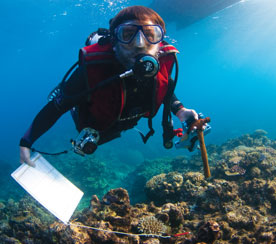
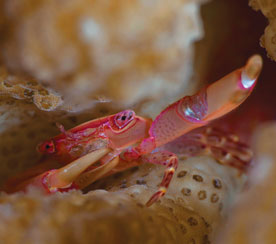
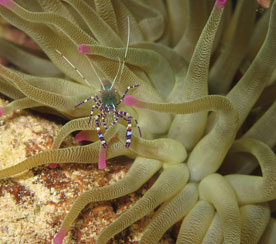
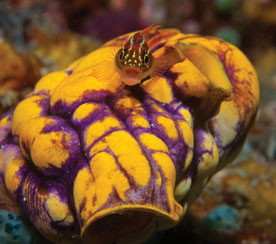
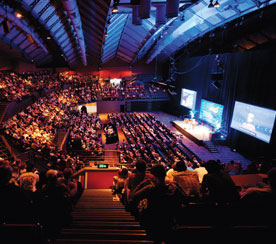
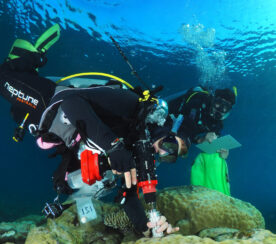
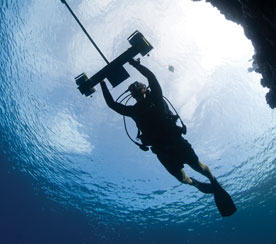
Toby is from Yorkshire in the UK. He was a philosophy and maths undergraduate and got his PhD in maths from Warwick University. Since then he has been an itinerant mathematician, working on “Coupled Cell Systems” at the University of Houston (2003-2005) and adaptive radiation and “Pod Systems” at the University of British Columbia (2005-2007). He is currently using pod systems, bifurcation theory, coupled cell systems and singularity theory to study resilience in coupled social-ecological systems.
Adaptive radiation is the diversification of a monomorphic population into distinct types as it adapts to different ecological niches. It has long been controversial in the context of sympatric (geographically connected) populations, and it is thought by many that geographic isolation (allopatry) is required for diversification. In sympatry, the argument goes, we should expect the population to spread out smoothly across phenotype space, rather than form into clumps. I will present a novel class of dynamical systems — called “Pod Systems” — that can shed light on the problem.
If a monomorphic population is seen as a unimodal density distribution over phentoype space then the question of what to expect when monomorphism becomes suboptimal can be phrased mathematically as: “What happens when a unimodal distribution becomes unstable?” Generally, one would use partial differential equations to study this sort of question, but current theory is not well-equipped to deal with the loss of stability of non-uniform distributions. Pod systems rememdy this, and also bring to bear the powerful conceptual tool of symmetry. In particular, the pod approach presents adaptive radiation as a “symmetrybreaking bifurcation”. I will explain how a monomorphic population has more symmetry than a polymorphic one, and how the loss of symmetry is often associated with the formation of pattern. Analysis using pod systems shows that the the loss of symmetry associated with adaptive radiation is natural, and should be expected in a large range of ecological scenarios.
In addition to talking about pod systems and adaptive dynamics, I will also touch on the subjects of structure in biological systems, and how and why it can and should be exploited. Although much of this talk has a mathematical basis, I aim to make it accessible (and hopefully intetesting) to biologists as well.
New DNA techniques are being used to understand how coral reacted to the end of the last ice age in order to better predict how they will cope with current changes to the climate. James Cook Univer
A new study on the effects of climate change in five tropical countries has found fisheries are in more trouble than agriculture, and poor people are in the most danger. Distinguished Profess
James Cook University researchers have found brightly coloured fish are becoming increasingly rare as coral declines, with the phenomenon likely to get worse in the future. Christopher Hemingson, a
Researchers working with stakeholders in the Great Barrier Reef region have come up with ideas on how groups responsible for looking after the reef can operate more effectively when the next bleaching
Abstract: As marine species adapt to climate change, their heat tolerance will likely be under strong selection. Individual variation in heat tolerance and its heritability underpin the potential fo
Abstract: The Reef Ecology Lab in KAUST’s Red Sea Research Center explores many aspects of movement ecology of marine organisms, ranging from adult migrations to intergenerational larval dispersal
Abstract: Macroalgal meadows are a prominent, yet often maligned component of the tropical seascape. Our work at Ningaloo reef in WA demonstrate that canopy forming macroalgae provide habitat for ad
Abstract: Sharks are generally perceived as strong and fearsome animals. With fossils dating back at least 420 million years, sharks are not only majestic top predators but they also outlived dinosa
Abstract: Connectivity plays a vital role in many ecosystems through its effects on fundamental ecological and evolutionary processes. Its consequences for populations and metapopulations have been
Abstract: Evolution of many eukaryotic organisms is affected by interactions with microbes. Microbial symbioses can ultimately reflect host’s diet, habitat range, and even body shape. However, how
Abstract: The past few years have seen unprecedented coral bleaching and mortality on the Great Barrier Reef (GBR) but the consequences of this on biodiversity are not yet known. This talk will expl